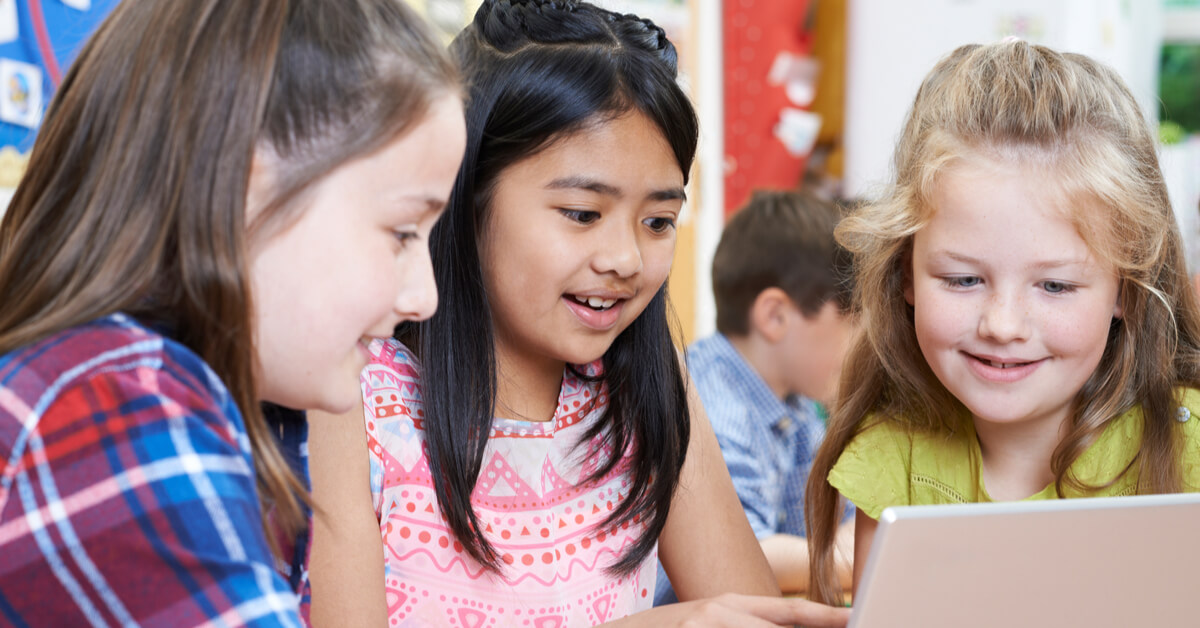What does it mean to be Agile? What is all of this talk about Agile in education?
Those questions went through my head, too, when I first heard about this framework. I remember being concerned about having to learn yet another trend in education. I did not want to be bogged down with another learning tool. And then, with much encouragement from my friend @Jessica Cavallaro and receiving training from @L-EAF.org through @Jeff Burstein, I understood how off-target I was. Becoming Agile would make my work as an educator easier, not harder. I would be able to cover more material in a school year, not less. And best of all, my students would lead the way. Sounds too good to be true, right? Well, it’s not. I’ll tell you why.
What Is Agile? Here’s A Quick Explanation.
Being Agile is about adopting a mindset. It means that your students will work on accomplishing the objectives of any project through self-directed teams. These teams collaborate on the achievement of goals through small iterations and continuous reflections and improvements, if necessary, of the work they produce.
That’s quite a mouthful, right? Are you still confused? Let’s work through an example:
- …


